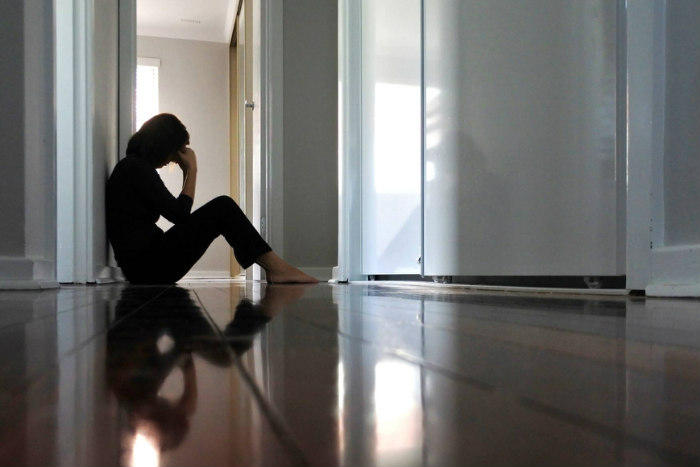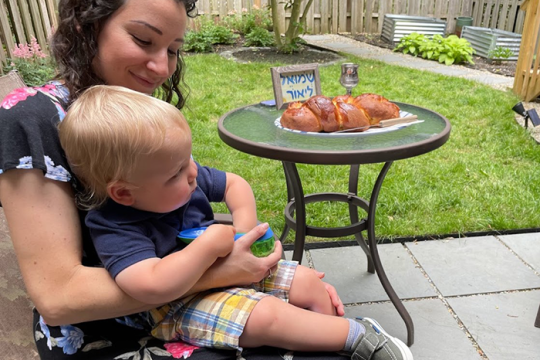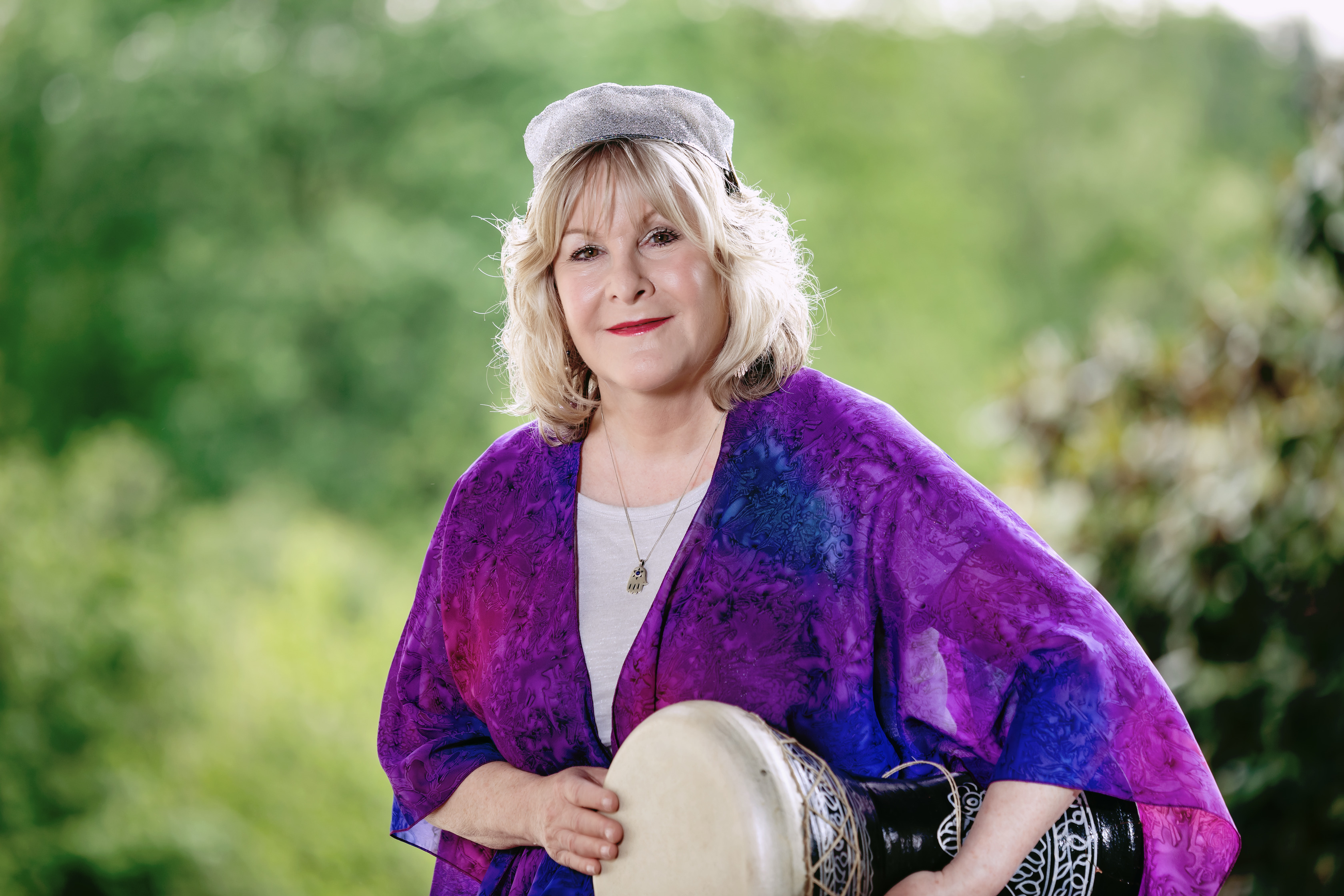
One of the most meaningful parts of officiating funerals in my long career has been gathering with family members to hear stories about their loved ones. At such times, we gaze at pictures and hold hands while remembering good times and bad. It is a time of showing our support for the friends and family by joining our voices in prayer and song, and sharing a meal of condolence.
Gathering in grief gives us a window into the blessings of life. Jewish tradition does this so well – which makes it all the more difficult to cope with loss in the time of COVID-19.
Planning a funeral and shiva, which are extremely stressful under normal circumstances, are even more so in this time of fear and anxiety. At a time of acute personal loss, the pandemic adds to the feeling of powerlessness. For many, the ways in which our people have mourned for centuries have been replaced by virtual funerals and .
Fortunately, advances in technology have enabled us to create new ways of continuing those mourning customs, albeit in new and unforetold ways. This new means of our ancient mourning process has also prompted many questions.
“May we perform the funeral graveside with a few socially distanced family members?”
“Will we all need to wear a mask?”
“May we hold the funeral via Zoom?”
“May we do both an in-person and a virtual funeral and shiva minyan?”
“Can the funeral home honor my mother’s wish to have tahara (ritual washing) performed?”
“Does Jewish law permit cremation of my loved one whose body I cannot retrieve for burial because she died of COVID-19?”
“How and where do I say Mourner’s Kaddish without a minyan?”
“Where do I get a ribbon, and how do I cut it?”
Answers to such questions are becoming more frequent, and they vary from person to person. Each situation is unique, and each family copes as best they can, often with the help of clergy, funeral home directors, and the Union for Reform Judaism.
Too often, tearful reminiscing about the life of the deceased takes a backseat to the logistic challenges imposed by the pandemic – and yet, these serious limitations have brought home the great value of our traditional mourning practices. The very technologies we now rely on are a stark and painful reminder of a physical wall of separation that keeps us apart family and friends at the precise time we most long for their warm embrace.
While these virtual tools help us to fulfill our roles of support, they can be a double-edged sword, amplifying our grief and suffering. And yet, silence and solitude can also be powerful sources of healing in this time of distancing closeness.
I pray that we we can strike a balance as we continue to stay true to our sacred traditions, while keeping ourselves, our families, and our communities safe.
May the wisdom of those who came before us continue to inform and shape the way we bring love and memory, comfort and solace into our hearts. I leave you with this poem:
When it's my time,
let me go and wish me well.
Turn down the lights and sing me away,
shepherd my spirit to a place of light,
open a window
so I can fly.Life is so fragile,
like a fading rose.
Let me fadeas nature meant me to.
I will join the flow
of the river.
Learn more about Jewish death and mourning customs and suggestions for pandemic-appropriate mourning rituals.
Related Posts

Melding Tradition and Innovation: Our Interfaith Toddler Naming Ceremony

Reform Mohalim Discuss Circumcision


